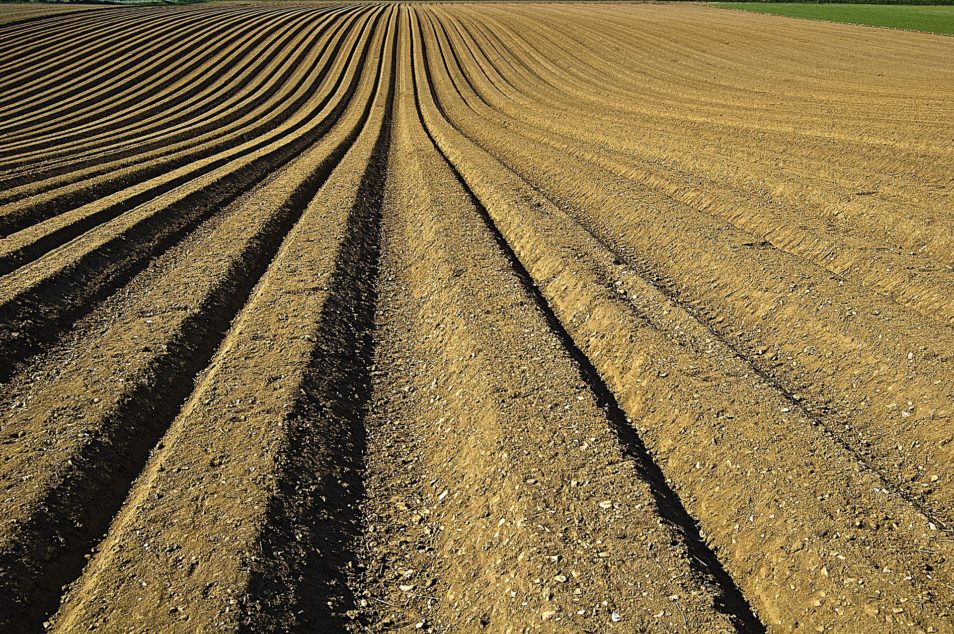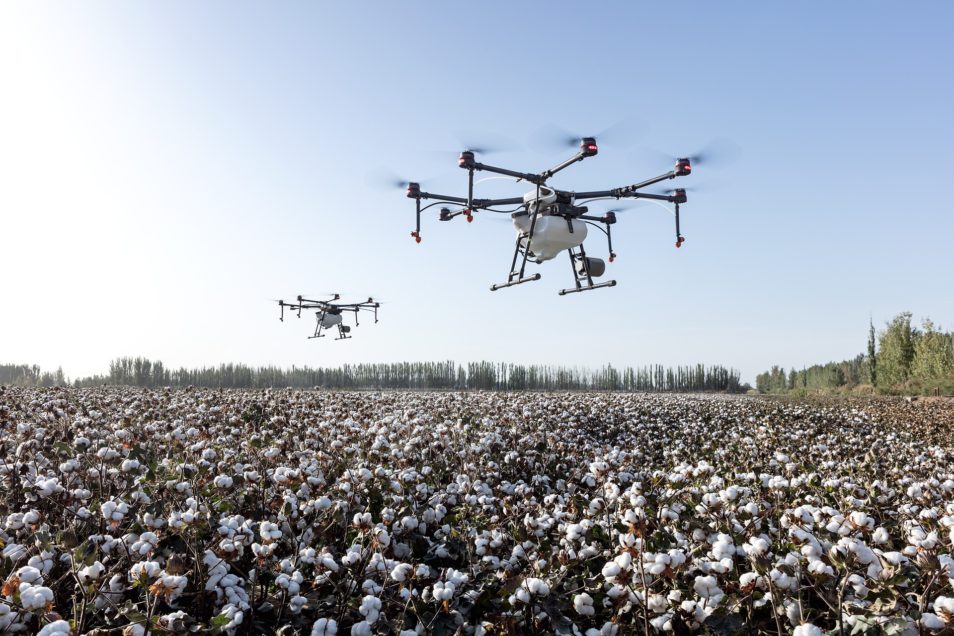
Soil furrows ready for planting.
It all starts with soil, and this is an area farmers can make immediate changes.
The Australian National Outlook 2019 report sets its sights as far ahead as 2060, identifying both challenges and opportunities for Australian agriculture.
We have an enviable history of agricultural productivity increases. And sustaining a thriving landscape will be important to maintain these gains.
Maintaining farm profitability over the next 40 years will depend on realising and capturing new potential developments. Develeopments in genetics and the IT revolution. It also critically depends on hanging onto the gains we have made over the last century by sustaining the land resource base at the heart of agriculture.
So, if a young farmer wanted to future-proof their farm to hand over in retirement to their children, what steps could they take?
Sustain the base
The best place to start building farm resilience is tackling the challenges – both present and future.
In terms of present changes, soil health is squarely in the mix. Erosion, acidification, compaction and nutrient decline are ever-present risks to growing healthy crops and pastures. There are actions we can take immediately. Such as adding lime to the nutrient mix when their soils are acidic or vulnerable to declining pH. Or avoiding soil compaction by adopting traffic control approaches to animals and machinery.
For nutrient decline, many farmers currently monitor the needs of their crops, soil, and nutrient strategy with commercially available products and services. However, farmers need to be able to see where the key variables on the farm are trending.
Here’s where innovation can help even more. In the very near future, we’ll set-up our farms to constantly measure the status of soil and landscape health. This will guide management systems to continually improve soil health. That’s the logical direction of the digital agriculture revolution – your farm will talk to you.
Yes, climate change is still a threat
If you think climate change is the only threat to farm productivity, you’d be wrong. Its potential drag on agricultural production continues to grow. Rainfall patterns keep changing and increased temperatures and extreme events will continue and probably get worse.
The report found that drought and extreme weather events can place short-term pressure on farm production. Without adaptation, this has the potential to place chronic, on-going pressure on farming operations.
Society as a whole is battling to adjust to climate change. And farmers are in the front line with direct effects on their livelihoods. In this battle, farmers can also be a part of the mitigation efforts with income from carbon markets a potential revenue source.
With the right market and regulatory structures carbon could be another product traded from the farm. This would increase the total economic and societal value produced from the land. When combined, the total carbon mitigation from across all the agricultural lands of Australia could be large.
With productivity sustained and increasing on the best land, we can see both sustained food and fibre production and profitable carbon mitigation helping support a prosperous and sustainable Australia.

Drones on a farm
Robotics and automation are future farm developments – other adaptions can happen now.
Farms of the future
We already see the emergence of new technologies that could drive this sustained productivity increase.
The genetic revolution is unfolding. It would allow us to specify key genetic traits in our crop varieties (such as temperature resilience, drought resistance, and soil preference). This will create different varieties that match different conditions. And farmers will choose varieties ideally suited to their conditions – maximising food production and profitability.
Automation and robotics will also increasingly come to the farm, freeing-up the farmer to make appropriate decisions – armed with the right information and tools at hand.
New advances in climate forecasting, combined with insights into crop and animal growth and response to inputs and the environment. And new ones of processing and analysing data streams will continue to allow risk reduction and efficiency of production on farms and through supply chains.
The Australian National Outlook 2019 report provides a roadmap for the exciting opportunities that exist for Australian agriculture to excel on the global stage well into the future. That’s especially true for those who start acting now.
So our young farmer who begins preparing today will be best placed to reap what they sow, and in 2060 leave their farm in a better, more profitable position than they received it.

